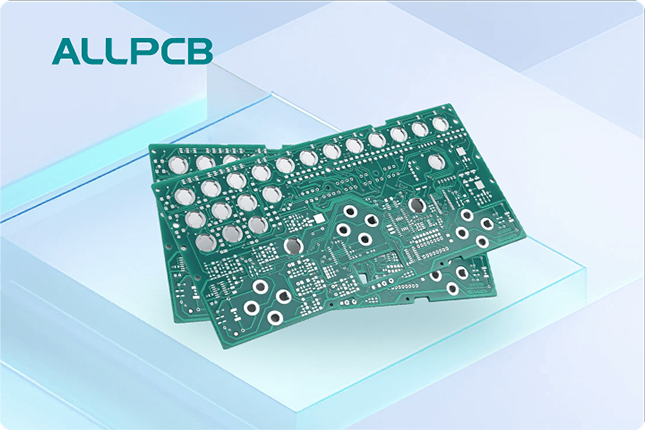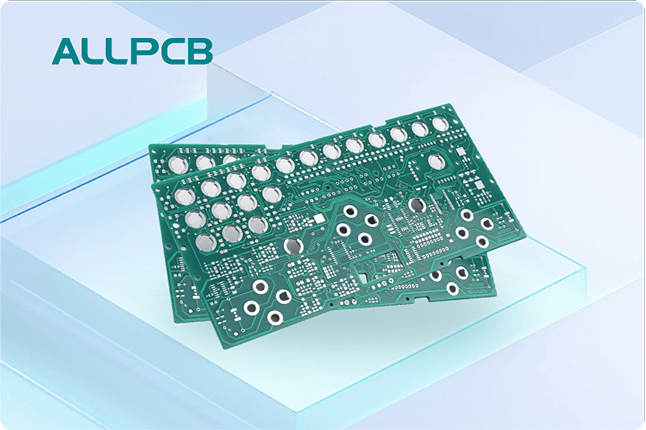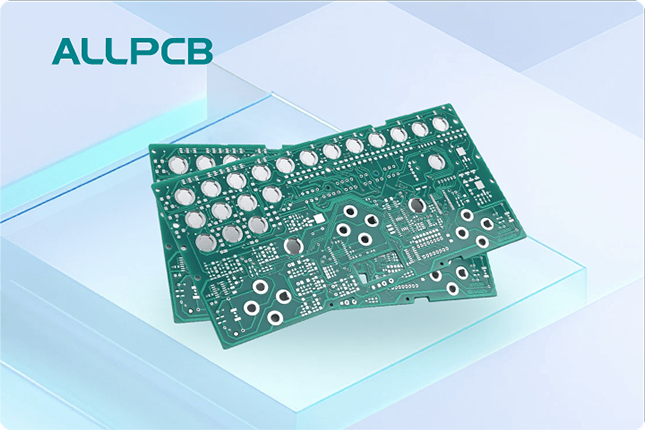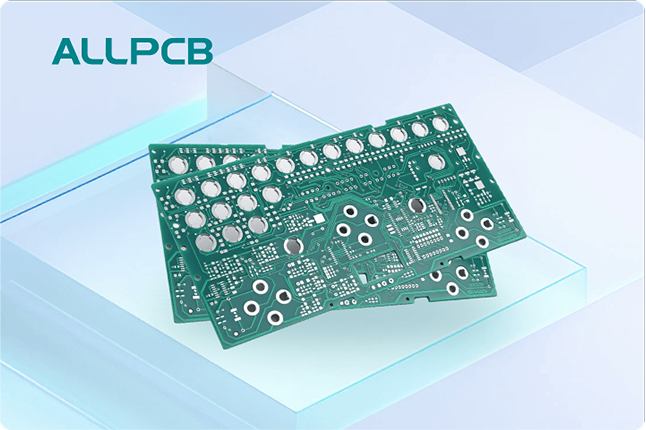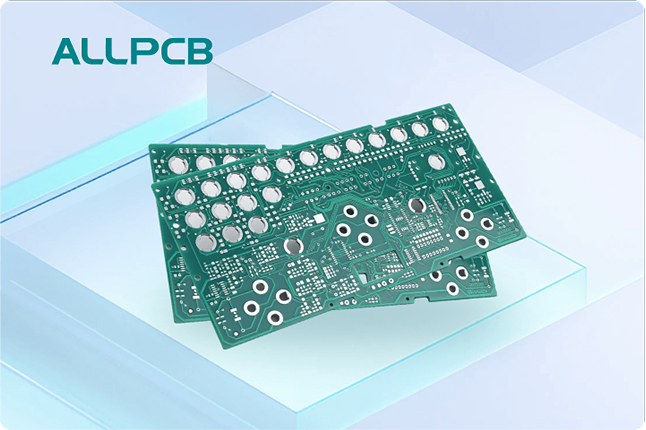Designing printed circuit boards (PCBs) with manufacturability in mind is crucial for ensuring efficiency, reducing costs, and maintaining high-quality production. One key aspect of this process is DFM-optimized panelization, which directly impacts panel design, trace routing, and thermal management. But how do design constraints in panelization affect the overall PCB manufacturing process? In short, these constraints shape the layout, spacing, and performance of the board, ensuring it can be produced without errors while meeting performance needs like signal integrity and heat dissipation.
In this blog, we’ll dive deep into the world of Design for Manufacturability (DFM) and explore how panelization constraints influence critical elements of PCB design. Whether you’re an engineer or a designer, this guide offers practical insights into optimizing your designs for production while addressing challenges related to trace routing and thermal management. Let’s explore the details and see how DFM principles can elevate your PCB projects.
What is DFM-Optimized Panelization?
Design for Manufacturability (DFM) is a set of guidelines and practices aimed at making PCB designs easier and more cost-effective to produce. Panelization, on the other hand, is the process of arranging multiple PCB designs on a single panel for manufacturing. When panelization is optimized for DFM, it means the layout and design constraints are tailored to minimize production issues, reduce waste, and ensure the boards can be assembled and tested efficiently.
DFM-optimized panelization takes into account factors like board spacing, edge clearance, and tooling holes to ensure the panel can be handled by manufacturing equipment without damage. For instance, maintaining a minimum spacing of 2-3 mm between individual boards on a panel prevents issues during depanelization, the process of separating the boards after production. By adhering to these constraints, manufacturers can avoid common pitfalls like board breakage or misalignment during assembly.
The Role of Design Constraints in Panel Design
Design constraints in panelization are rules or limits set to ensure the panel can be manufactured without errors. These constraints directly impact panel design by determining how many boards can fit on a panel, how they are oriented, and how much material is used. Let’s break down some key constraints and their effects on panel design:
- Panel Size Limits: Most manufacturers have standard panel sizes, often ranging from 18x24 inches to 21x24 inches. Designing within these limits ensures maximum material usage and reduces waste. If a design exceeds these dimensions, it may require custom panels, increasing costs by up to 20-30%.
- Edge Clearance: A minimum edge clearance of 5-10 mm is often required to allow for handling and tooling. Without this, there’s a risk of damaging components near the edges during cutting or assembly.
- Breakaway Tabs: These small connections hold individual boards together on the panel. Designing tabs with a width of 0.5-1 mm ensures they are strong enough to hold during production but easy to break during depanelization.
By carefully considering these constraints during the panel design phase, engineers can avoid costly redesigns and ensure smooth production. For example, a panel with improperly spaced breakaway tabs might result in cracked boards, leading to a yield loss of up to 10% or more in some cases.
Impact of Panelization Constraints on Trace Routing
Trace routing, the process of laying out conductive paths on a PCB, is heavily influenced by panelization constraints. Since panelization determines the orientation and spacing of individual boards, it can affect how traces are placed, especially near board edges or in high-density areas. Here’s how DFM-optimized panelization impacts trace routing:
- Spacing Near Edges: With panelization requiring specific edge clearances, traces must be routed away from board edges to avoid damage during depanelization. A common guideline is to keep traces at least 0.5 mm away from the board edge to prevent issues like signal interference or short circuits.
- Signal Integrity: In high-speed designs, trace routing must maintain consistent impedance, often around 50 ohms for single-ended signals or 100 ohms for differential pairs. Panelization constraints like board orientation can affect trace lengths and routing paths, potentially introducing signal delays if not carefully planned.
- Component Placement: Panelization often dictates where components can be placed to avoid interference during manufacturing. This can limit trace routing options, especially for complex designs with tight spacing requirements.
To address these challenges, engineers can use design software with built-in DFM checks to simulate panel layouts and identify potential routing issues. For instance, adjusting the board orientation on the panel might allow for shorter trace lengths, reducing signal delay by up to 10-15% in high-speed applications.
Thermal Management Challenges in DFM-Optimized Panelization
Thermal management is a critical aspect of PCB design, ensuring that heat generated by components is dissipated effectively to prevent overheating. DFM-optimized panelization introduces specific constraints that can impact thermal performance. Let’s explore these challenges and solutions:
- Component Spacing: Panelization often requires uniform spacing between boards, which can limit how components are placed for optimal heat dissipation. For high-power components like voltage regulators, a minimum spacing of 3-5 mm is ideal to allow heat to escape, but tight panel layouts may reduce this space.
- Thermal Vias: These are small holes filled with conductive material to transfer heat from one layer of the board to another. Panelization constraints, such as board orientation, can affect via placement, potentially reducing thermal efficiency by 20% if vias are too close to breakaway tabs or edges.
- Heat Sink Placement: Large heat sinks or cooling solutions may not align well with panelization layouts, especially if they extend beyond board edges. This can force designers to use smaller or less effective cooling options, increasing operating temperatures by 5-10°C in some cases.
To mitigate these issues, designers can incorporate thermal simulations during the design phase to predict heat distribution across the panel. Adding copper pours near high-heat components can also improve thermal management, increasing heat dissipation by up to 30% in densely packed designs.
Best Practices for Balancing DFM Constraints and Design Goals
Achieving a balance between DFM-optimized panelization constraints and design goals like performance and reliability is essential. Here are some actionable best practices to help engineers navigate this balance:
- Collaborate Early with Manufacturers: Share your initial panel design with the production team to get feedback on constraints like panel size and tooling requirements. This can save up to 15% in production costs by avoiding redesigns.
- Use DFM Software Tools: Leverage design tools that offer real-time DFM checks to identify issues like trace spacing or thermal bottlenecks before finalizing the panel layout.
- Prioritize Critical Areas: Focus on optimizing trace routing and thermal management for high-speed or high-power sections of the board, even if it means adjusting panelization slightly.
- Test Panel Prototypes: Before full-scale production, create a small batch of panels to test for issues like signal integrity or heat buildup. This can reduce failure rates by 10-20% during mass production.
By following these practices, designers can create panels that meet both manufacturing requirements and performance needs, ensuring a smoother production process and higher-quality end products.
Real-World Example: Optimizing a High-Speed PCB Panel
Consider a project involving a high-speed PCB for a communication device, requiring strict signal integrity and thermal management. The initial panel design placed six boards with minimal spacing to maximize material usage. However, this led to trace routing issues near board edges, causing signal delays of up to 200 ps, and poor heat dissipation, with temperatures reaching 85°C near critical components.
By applying DFM-optimized panelization principles, the design team adjusted the layout to include 3 mm spacing between boards and added thermal vias under high-power chips. They also reoriented the boards to shorten critical trace lengths, reducing signal delay to under 100 ps. The result was a 15% improvement in thermal performance and a 25% reduction in signal integrity issues, all while maintaining manufacturability.
This example highlights how small adjustments to panel design, guided by DFM constraints, can significantly impact trace routing and thermal management outcomes.
Conclusion: Why DFM-Optimized Panelization Matters
DFM-optimized panelization is a cornerstone of efficient and cost-effective PCB manufacturing. By understanding and applying design constraints, engineers can create panel designs that not only streamline production but also enhance critical aspects like trace routing and thermal management. From maintaining proper edge clearances to balancing component spacing for heat dissipation, these constraints shape every stage of the design process.
As you work on your next PCB project, keep these principles in mind to ensure your designs are ready for manufacturing without sacrificing performance. With careful planning and the right tools, DFM-optimized panelization can help you achieve high-quality results, reduce production costs, and bring your designs to market faster.
 ALLPCB
ALLPCB


